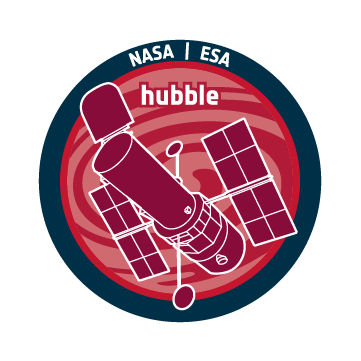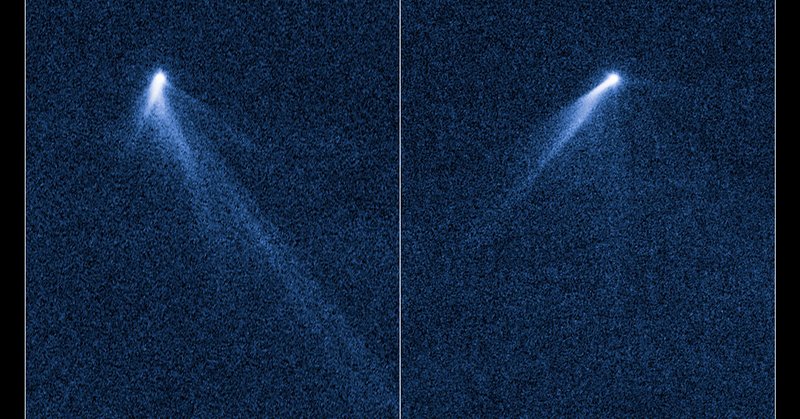
HUBBLE
@HUBBLE_space
Followers
932K
Following
2K
Media
2K
Statuses
6K
Official @ESA feed for #Hubble Space Telescope — the space-based observatory which has revolutionised modern astronomy. #BFFinSpace with @ESA_Webb
space
Joined April 2010
One theory was that the asteroid’s rotation rate had increased to the point where dust fell off its surface and escaped into space, where it swept out into tails by the pressure of sunlight. 2/3. Read more:
esahubble.org
Astronomers using the NASA/ESA Hubble Space Telescope have observed a unique and baffling object in the asteroid belt that looks like a rotating lawn sprinkler or badminton shuttlecock. While this...
3
6
47
Our #HubbleTopImage flashes back to an asteroid and its curious comet-like tails! ☄️ P/2013 P5 was first imaged by Hubble on 10 September 2013. When imaged again 13 days later, it seemed as though the entire structure had swung around. 1/3
2
76
313
Read more here: 📷 @ESA / @Hubble_Space & @NASA , D. Calzetti, R. Chandar, N. Bartmann (ESA/Hubble).Acknowledgement: M. H. Özsaraç.🎶 Stellardrone - Endeavour 3/3.
esahubble.org
Low brightness, high interest
0
9
29







